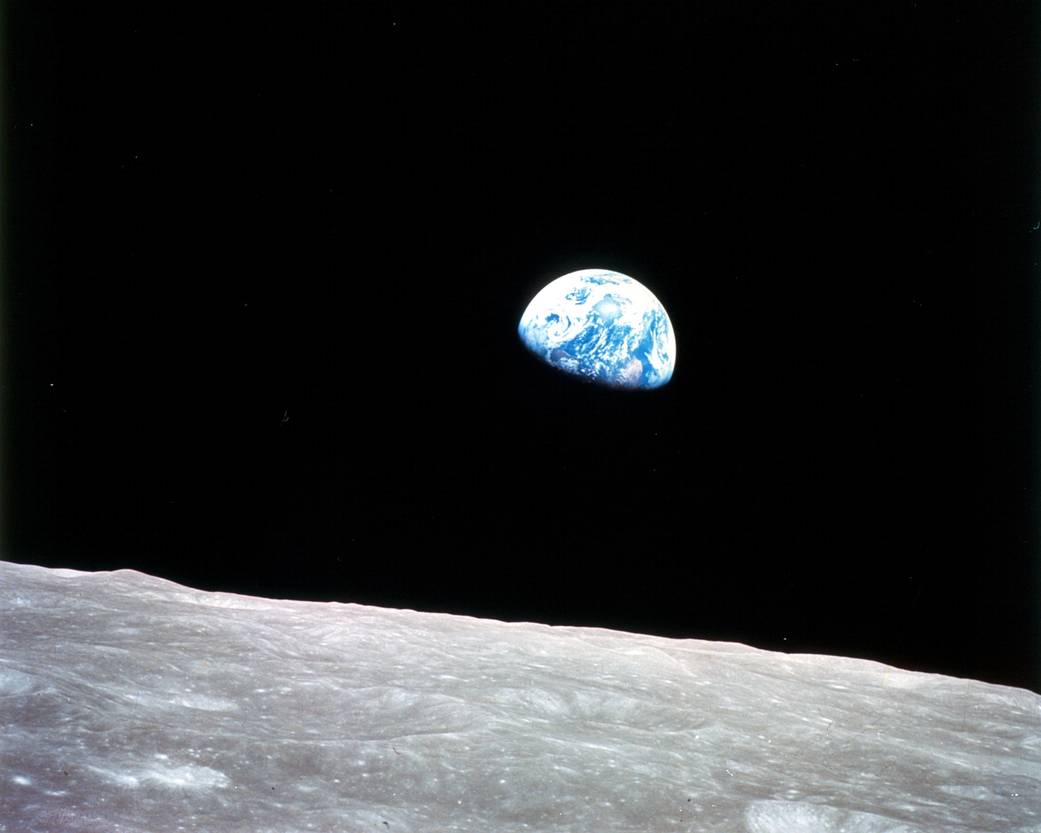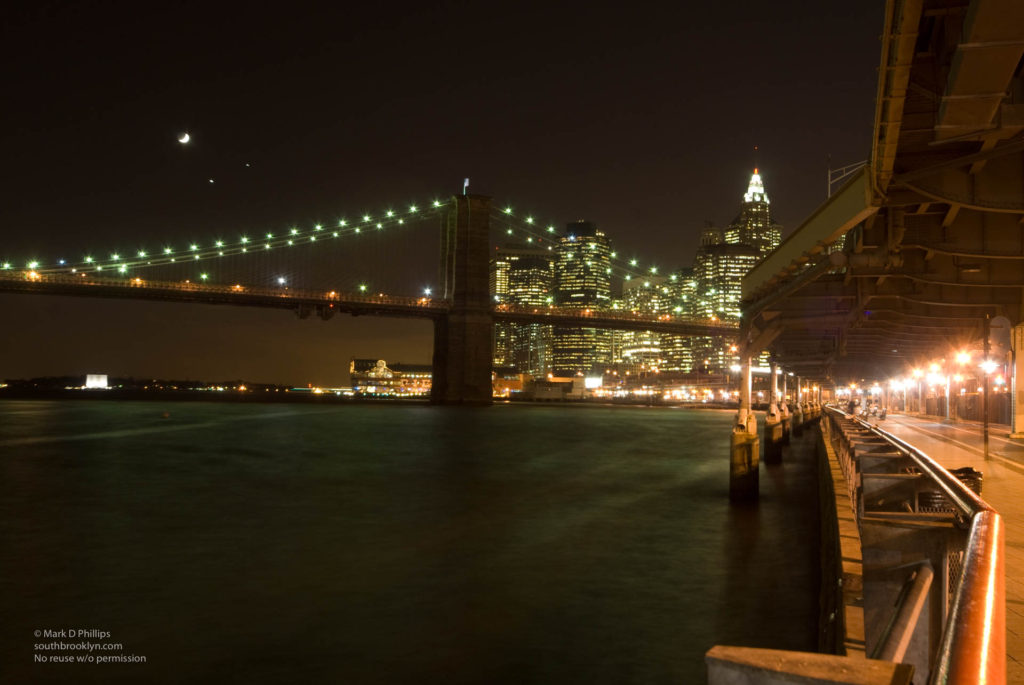How do the Sun, Earth, and Moon move?

We’re always on the move! Even when you’re standing still, you’re moving! You are moving because the Earth and everything in our solar system is constantly moving.
Our solar system includes the Sun, nine planets and their Moons, comets and asteroids. These objects are sometimes called celestial bodies, and they are constantly moving, too.
At the center of it all is the Sun. It takes the Sun 25 days to spin, or rotate, completely around.
The Earth, which is the third planet from the Sun,  takes 24 hours to rotate. This is what causes day and night. As the Earth rotates, it also moves, or revolves, around the Sun.
takes 24 hours to rotate. This is what causes day and night. As the Earth rotates, it also moves, or revolves, around the Sun.
The Earth’s path around the Sun is called its orbit. It takes the Earth one year, or 365 1/4 days, to completely orbit the Sun.
As the Earth orbits the Sun, the Moon orbits the Earth. The Moon’s orbit lasts 27 1/2 days, but because the Earth keeps moving, it takes the Moon two extra days, 29 1/2, to come back to the same place in our sky.

What is an eclipse?

Lesson One from Kidseclipse
This site has been designed to give your class an overview of astronomy and help them understand why a Total Solar Eclipse can happen. Each section leads with a simple question which is answered through the use of words, pictures, animations and activities. Each section requires approximately 5 minutes, each activity varies.
Dolores Peterson was a New York City School Teacher in Community School District 3 for nine years when she produced this lesson plan for Kidseclipse. She has a Masters in Education from the City University of New York.
What is an eclipse?
Lesson 2 of Kidseclipse TEACH
